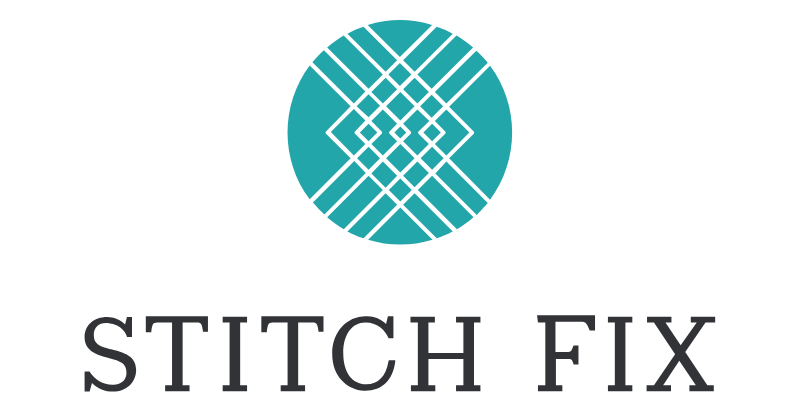Thanks for reading AlphaEngage issue #103. Read past issues.
Inside: Brand reputation management with AI, share-of-model risks, and how to avoid AI chaos without a strategy.
MARKETING & PR
Reputation Management in the Age of AI
What’s your most valuable asset? Your reputation. And what stinks on ice? When you or others damage that reputation, deservedly or not.
Example: A customer shares a picture of a bug in their soup while eating at a popular restaurant; it goes viral, and the business suffers a significant decline. Or a data breach resulting in massive privacy concerns being shared all over the news and social media. Perhaps a disgruntled former employee starts a false narrative about their former employer’s hiring practices, and it too goes viral.
Reputation management used to be a manual process, which involved:
Manual monitoring of social media and search engine results
Reactive approach to negative comments, reviews, or articles
Limited tools for sentiment analysis and brand monitoring
Emphasis on SEO to suppress negative and lift positive content
Reliance on traditional PR to manage crises
Today, AI-powered tools can help companies monitor their online presence, track mentions and sentiment, and gain valuable insights into how people perceive their brand.
A few solid offerings include:
Brand24 - AI tool for real-time online mention monitoring, sentiment analysis, and trend tracking.
Mentionlytics - AI reputation management tool with advanced sentiment analysis and custom reports.
Reputation.com - AI platform for managing online reviews, social media, and search results.
Sprout Social - Social media management tool with AI for online presence monitoring and customer engagement.
Talkwalker - AI social listening and analytics for brand sentiment, influencer identification, and real-time alerts.
Please be aware that malicious individuals can also exploit AI…
Deepfakes (highly realistic AI-generated images and videos) can be used to spread misinformation or create false narratives about a company or its leaders.
AI bots can flood social media and review sites with negative comments and ratings, making it difficult for companies to distinguish between genuine feedback and malicious attacks.
The key is to always listen to both the good and the bad, engage in wargaming occasionally, and be proactive, not reactive. Discuss with your marketing and PR teams how they’re handling these tasks.
AI IN ACTION
Pinpoint Fashion Recommendations
Problem: Stitch Fix, an online personal styling service, needed to enhance its clothing recommendation system to provide more accurate and personalized suggestions to its customers, while also optimizing inventory management and reducing costs.
AI Solution: Stitch Fix developed an AI-powered recommendation system that combines machine learning algorithms with human stylist expertise. The system analyzes customer data, including style preferences, size, and fit information, as well as feedback from previous orders. It then uses this data to generate personalized clothing recommendations for each customer. The AI algorithms also help optimize inventory management by predicting demand and identifying trends.
Results: The implementation of the AI-powered recommendation system has led to significant improvements in customer satisfaction and operational efficiency for Stitch Fix. The company has reported higher customer retention rates, increased average order value, and reduced inventory costs. The AI system has also enabled Stitch Fix to scale its business more effectively, serving millions of customers while maintaining a high level of personalization.
MARKETING & PR (AGAIN)
How Do the Robots Represent Your Company?
Speaking of reputation…
Have you had a deep conversation about your brand with your favorite AI companion—what it knows about or how it perceives it? What about the same for your competitors?
Do it. When you’re done, you’ll likely want to call your marketing team into your office for a stern refresher course.
Large language models (LLMs) like OpenAI’s ChatGPT, Anthropic’s Claude (which is now shifting its focus away from chat), Meta’s Llama, Google’s Gemini, and Microsoft's Copilot are poised to become the primary interface for billions of daily search queries. There are also aggregate services, like the amazingly useful Perplexity.
All of these will eventually outpace traditional search engine queries. In fact, Google has just launched its “AI Mode,” which is expected to replace its search engine functionality eventually.
Unlike search engines, however, the output of an LLM query isn’t just a list of single web pages (unless that’s what you ask for) but an aggregate of hundreds, thousands… even millions of pieces of content synthesized into a unique conversational response based on its perceived context of the conversation.
Some marketers have coined the term "share of model" to describe the relative prominence and favorability of a brand within a given AI model's knowledge base and output. Just as marketers have traditionally tracked metrics like market share and share of voice, monitoring and optimizing a brand's share of model is already becoming the talk of the marketing town.
The problem with this (for now) is that LLMs can’t be influenced like other “share” metrics. If your market share or share of voice is down, you can buy more of it through paid, owned, or earned media. (Or sales. That’ll do it!)
If an LLM doesn’t give you the response you want when you ask it about your brand, you can’t just permanently correct it—they’re not dynamic and therefore don’t retrain based on individual chat interactions (yet).
ChatGPT’s browsing or plugin tools can pull in fresh data within a session, but that info doesn’t update the core model. Claude and Perplexity may pull real-time sources depending on the setup.
You also can’t just optimize a bunch of digital assets to change an LLM’s output, either. They’re not search engines, which are heavily influenced by dynamic content. Currently, LLMs don’t continuously crawl the web and update their indexes based on new or updated content. They’re trained on massive datasets that are static up until a specific date.
That said, LLMs do train on web content, and authority does matter, just as it does with SEO. It remains crucial to produce highly authoritative content centered on your products, services, and the industry as a whole that you service.
There is research currently focused on developing models that can update their knowledge bases incrementally, absorbing new information without needing to be retrained from scratch. The keyword is “incremental,” which means existing data isn’t replaced but added to. The new information would have to be strong for the LLM to change its tune. It is possible.
For now, the best approach is to leverage LLMs to learn how humans perceive your brand, as they aggregate all that sentiment and more. Then, try to improve on that understanding without regard to the LLM.
EXECUTIVE
AI Exploration Without a Corporate AI Strategy
For many on the e-team, AI has come out of nowhere, and at speeds we’ve never seen before. New AI tools are EVERYWHERE. It’s nuts.🤯
So, how do you deal with your teams asking you to try the latest, shiny new AI tool? Remember: AI can be highly productive but also cause more harm than good if not effectively managed.
This is much easier if you have a corporate AI strategy already in place, but at this point, most companies don’t. They’re all just trying to figure this stuff out in real time because it’s moving so incredibly fast.
Here are the key things that need to be assessed before testing or deploying any new AI tools (and be sure to share your expectations with these teams):
1️⃣ Problem Statement and Solution - The specific problem aimed to be solved or the process intended to be optimized using the AI tool should be clearly articulated. It should be demonstrated how the tool provides a solution, and the expected benefits, such as increased efficiency, cost savings, or improved decision-making, should be outlined.
2️⃣ Alignment with Business Objectives - Although the AI tool may not perfectly align with the overall AI strategy, it should still be explained how it aligns with the company's business objectives. It should be highlighted how the tool contributes to the team's goals and, by extension, the organization's success.
3️⃣ Implementation Plan and ROI - A detailed implementation plan should be presented, including timelines, resource requirements, and any necessary training or upskilling initiatives. A realistic assessment of the expected return on investment (ROI) should also be provided, considering both tangible and intangible benefits.
4️⃣ Integration and Scalability - It should be addressed how the AI tool can be integrated into existing workflows and systems. The tool's scalability and potential for future growth should also be discussed, ensuring that it can adapt to evolving needs.
5️⃣ Data Management and Security - It should be outlined how data privacy will be handled, regulatory compliance ensured, and any potential risks associated with the AI tool mitigated.
The e-team’s role is to assess these requests objectively and make informed decisions that balance the needs of individual teams with the overall AI strategy, or at least the vision of such a strategy.
A well-crafted AI strategy should also be flexible enough to accommodate the evolving needs of your teams. By empowering them to explore and propose innovative AI tools, you can harness the full potential of AI to drive productivity and growth.






